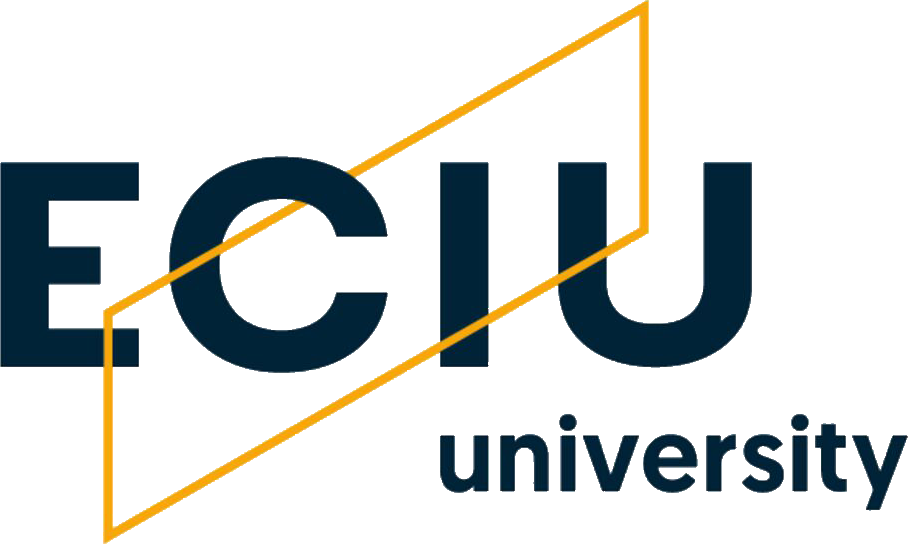Growing interest in biologically active compounds
In recent decades, particularly during the COVID-19 pandemic, there has been a significant increase in interest in the life sciences. As a result, the chemical analysis of biologically active compounds, often referred to as biochemicals or bioparticles, has become increasingly essential.
The analysis of biopharmaceuticals, including protein-based substances used in vaccines, has gained heightened importance. Precise characterization of large therapeutic proteins, such as monoclonal antibodies, messenger ribonucleic acids (mRNA), and antibody-drug conjugates, is now crucial.
The global biopharmaceutical market is expanding at an annual growth rate of around 7% and is projected to reach approximately $65 billion by 2027. This growth would not be possible without the corresponding increase in demand for biochromatographic analysis.
The Importance of Chromatography
Chromatography is an essential method for analyzing biologically significant substances, playing a pivotal role in fields such as biochemistry, biotechnology, toxicology, biology, pharmacy, and medicine. It is widely applied in areas like cell and gene therapy, food testing, forensic science, and the detection of doping in sports.
A crucial aspect of chromatography is its use in studying the bioavailability of biologically active substances, their antioxidant properties, interactions with cell receptors, and enzyme inhibition.
Chromatography is also central to omics sciences, such as metabolomics, proteomics, and lipidomics. Without advancements in these fields, modern medicine and related sciences would not be able to progress as dynamically.
First Comprehensive Textbook
The need for a comprehensive textbook covering all key aspects of the analysis of biologically active substances led to the writing of Biochromatography. It is the first textbook of its kind to integrate various analytical techniques while offering valuable new insights into sample preparation. Analyzing biomaterials requires meticulous attention and the application of appropriate analytical procedures.
Medical research involving biological materials – often complex in composition and available in small quantities, with analytes present at pico- or even femtogram levels – demands precise sample preparation before final determinations can be made.
Scientists from four Polish academic institutions – prof. Zygfryd Witkiewicz (Military University of Technology), prof. Joanna Kałużna-Czaplińska (Lodz University of Technology), prof. Waldemar Wardencki (Gdansk University of Technology), and prof. Irena Malinowska (Maria Curie-Skłodowska University) – collaborated on this book to highlight the contemporary significance of biochromatography in both science and various aspects of life.
The textbook is aimed at students in fields such as biology, biochemistry, biotechnology, pharmacy, biomedicine, and food processing, where the chromatographic analysis of biologically active substances is a key component of the curriculum. It will also serve as a valuable resource for university faculty and laboratory professionals involved in biochromatographic analyses.

